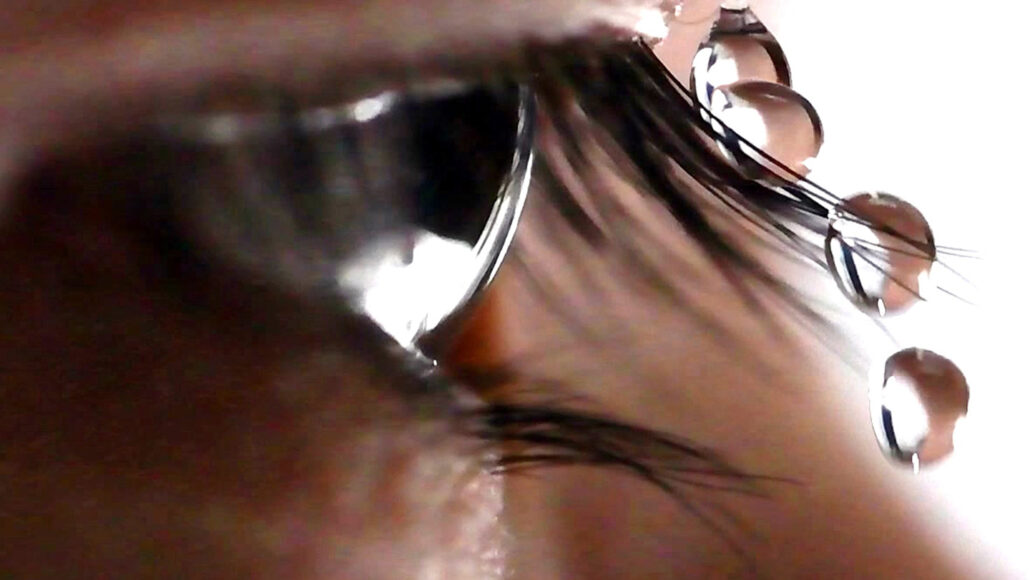Questions for ‘Eyelashes help fling water from our eyes’

Eyelashes help fling droplets of water away from the eye, as shown in this composite image.
L. Jiang et al.

Eyelashes help fling droplets of water away from the eye, as shown in this composite image.
L. Jiang et al.